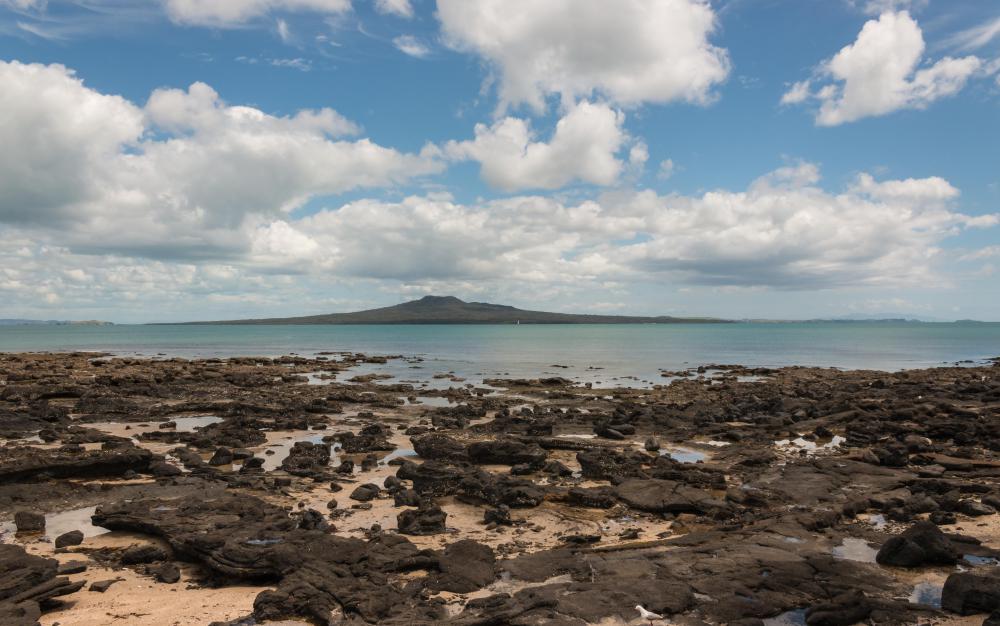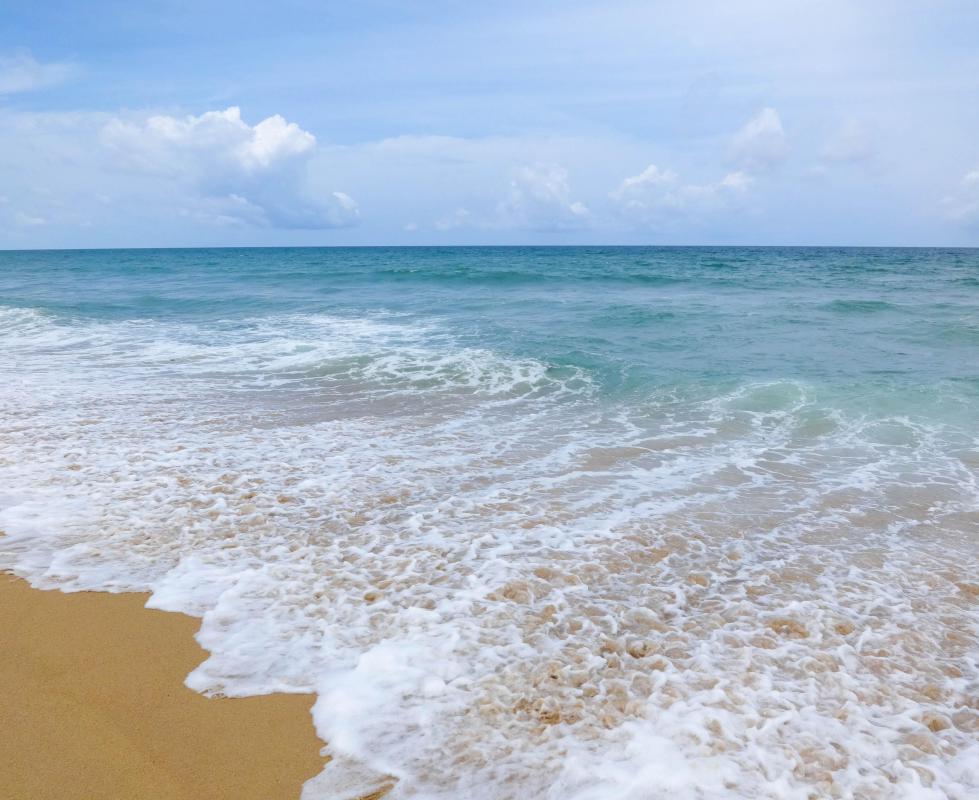At AllThingsNature, we're committed to delivering accurate, trustworthy information. Our expert-authored content is rigorously fact-checked and sourced from credible authorities. Discover how we uphold the highest standards in providing you with reliable knowledge.
What is an Ocean Trench?
An ocean trench is a geological structure which occurs undersea along the boundary of a tectonic plate. Specifically, ocean trenches form along subduction zones, in areas where one plate is being sucked under another. The largest of these trenches are in the Pacific Ocean, where numerous active subduction zones have been identified, but smaller trenches can also be seen in the Indian and Atlantic Ocean. One could consider an ocean trench a sort of undersea valley.
Oceanic trenches, as ocean trenches are sometimes called, are deep depressions in the Earth's crust, and they comprise the deepest part of the ocean. To think about the way in which ocean trenches form, it may help to have a visual aid; imagine sliding one hand under the other, and think about the trench which forms in the area where the hands meet. This miniature trench is identical to the trenches which are formed in subduction zones. New material to be pulled under is constantly generated at oceanic ridges, where the seafloor is constantly spreading with fresh infusions of rock from beneath the Earth's crust.

The deepest ocean trench is the Mariana Trench, in the Western Pacific Ocean. Numerous other trenches criss-cross the Pacific, and appear along the edge of South America. In some cases, ocean trenches have become filled with sediment, in which case they are not readily identifiable as trenches, although investigation with radar and other imaging tools can reveal the underlying structure of the trench.

Typically, ocean trenches are close to areas of volcanic activity, because volcanoes are very common in subduction zones. The incredible depth of ocean trenches can also create a unique habitat which houses unusual ocean animals which prefer deep water; off the coast of Chile, for example, the fishing is quite good, thanks to a large ocean trench which is present in this area. The depths of an ocean trench pose some very interesting challenges to marine animals, as trenches are extremely dark and very cold, and the pressure of the overlying seawater is intense. Organisms which have adapted to this environment have some rather remarkable traits.

Exploring and mapping ocean trenches has posed some challenges to humans. People are not capable of handling the dark, cold, high-pressure environment of trenches, and the bulk of exploration has been performed with imaging equipment and robotics. People have descended into the Mariana Trench in specially-equipped submarines, but they haven't stayed long.
Frequently Asked Questions
What is an ocean trench and how is it formed?

An ocean trench is a deep, elongated depression in the ocean floor, typically found at the boundaries of tectonic plates. They are formed by the process of subduction, where one tectonic plate is forced beneath another, leading to the creation of these vast underwater canyons. The Mariana Trench, for instance, reaches depths of over 36,000 feet, making it the deepest part of the world's oceans.
Where are ocean trenches typically located?
Ocean trenches are predominantly located along the Pacific Ring of Fire, a path along the Pacific Ocean characterized by active volcanoes and frequent earthquakes. This area is home to many trenches due to the high number of convergent plate boundaries, where tectonic plates collide and one is pushed beneath the other, creating these deep underwater chasms.
What is the deepest ocean trench and how deep is it?
The Mariana Trench is the deepest known ocean trench, with its deepest point, the Challenger Deep, reaching depths of approximately 36,070 feet (nearly 11,000 meters). This depth is so profound that if Mount Everest were placed at the bottom, its peak would still be over a mile underwater.
Can life exist in ocean trenches, and what kind of organisms are found there?
Despite the extreme conditions, life does exist in ocean trenches. Organisms such as deep-sea fish, invertebrates like amphipods, and microbial life forms have adapted to the high pressure, low temperatures, and absence of light. These creatures often rely on chemosynthesis, rather than photosynthesis, to obtain energy, utilizing chemicals emitted from the Earth's crust.
Why are ocean trenches important to science and the study of the Earth?
Ocean trenches are crucial to understanding the Earth's geology and plate tectonics. They provide insights into the processes that shape our planet's surface and are key areas for studying seismic activity. Additionally, trenches are biodiversity hotspots, offering a unique environment for studying evolutionary adaptations and the limits of life on Earth.
How are ocean trenches explored and studied by scientists?
Exploring ocean trenches is a complex endeavor due to the extreme depths and conditions. Scientists use specialized equipment such as deep-sea submersibles, remotely operated vehicles (ROVs), and autonomous underwater vehicles (AUVs) equipped with cameras and sampling tools. Advances in technology have allowed for more detailed mapping and sampling, enhancing our understanding of these mysterious regions.
AS FEATURED ON:
AS FEATURED ON:














Discussion Comments
How do animals in trenches survive?
I love this website because it's safe and educational. I think that there are over 20 trenches in the ocean. Maybe more! --bird2323
This site is the best for my kids.
I really love this website. My kids use it all the time for their reports in Earth science class. I would like to thank whoever made this website!
What animals live in the trenches?
How are they formed?
Are there animals living in the trenches?
Post your comments